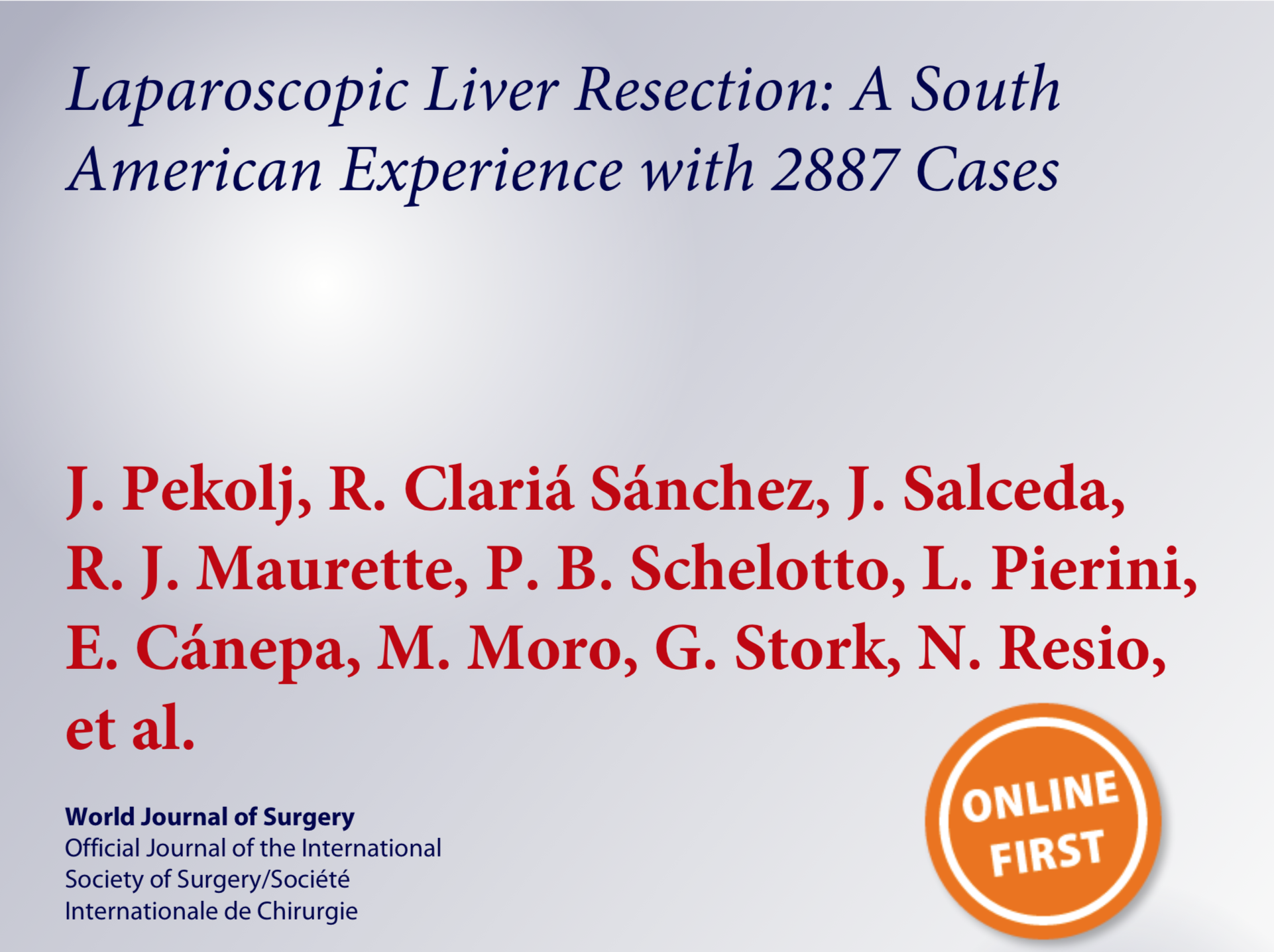
Laparoscopic Liver Resection: A South American Experience with 2887 Cases
The development of minimally invasive liver surgery (MILS) was slow due several barriers to overcome. The first limit was technical; hence, the translation of conven- tional steps to the laparoscopic approach was needed. For instance, liver mobilization, palpation, vascular dissection and control, and parenchymal transection were steps to be adapted to the laparoscopic approach. Thus, surgeons with experience in liver surgery had to be trained in advanced laparoscopy to achieve development. Moreover, bleeding control during liver transection, gas embolism secondary to pneumoperitoneum, and oncological outcomes such as surgical margins, port site seeding, and long-term survival were obstacles of great concern in the early experience with MILS [1–4].
In the last two decades, there has been a huge evolution on MILS, and many reports emerged confirming the safety and feasibility of MILS [5–7] including complex proce- dures such as major hepatectomies and even graft har- vesting for living donation [8–10]. Regarding oncological safety, several reports have shown similar survival rates comparing open and laparoscopic resection of colorectal liver metastasis and hepatocellular carcinoma [10–17]. In addition, port seeding has proved to be extremely rare [18–21].
Evidence supporting MILS comes from case or cohort series, retrospective comparative studies, and meta-analy- ses. Ciria et al. in a systematic review including 9527 laparoscopic liver resections (LLR) have shown growing safety when performed in selected patients by experienced surgeons suggesting that LLR may offer improved short- term outcomes when compared to open liver resections (OLR) [22]. Only recently, a randomized controlled trial (RCT) was published comparing the results of LLR with the open approach for colorectal liver metastasis showing less postoperative complications in the laparoscopic group [23]. Despite being the best scientific evidence for the results evaluation of MILS, RCTs are difficult to conduct in clinical practice. In this context, international registries and well-designed observational studies are appropriate ways to produce evidence supporting MILS.
In 2014, the 2nd International Consensus Conference on LLR in Japan demonstrated the progress, acceptance, and dissemination of the method worldwide [24]. However, the majority of publications on LLR come from developed countries from Asia, Europe, or USA; few studies from centers in other regions of the world are available. In South America, there are limited data from single-center studies [25–29]; however, to date, no multicenter efforts to assess the dissemination and results of LLR in South America was published.
